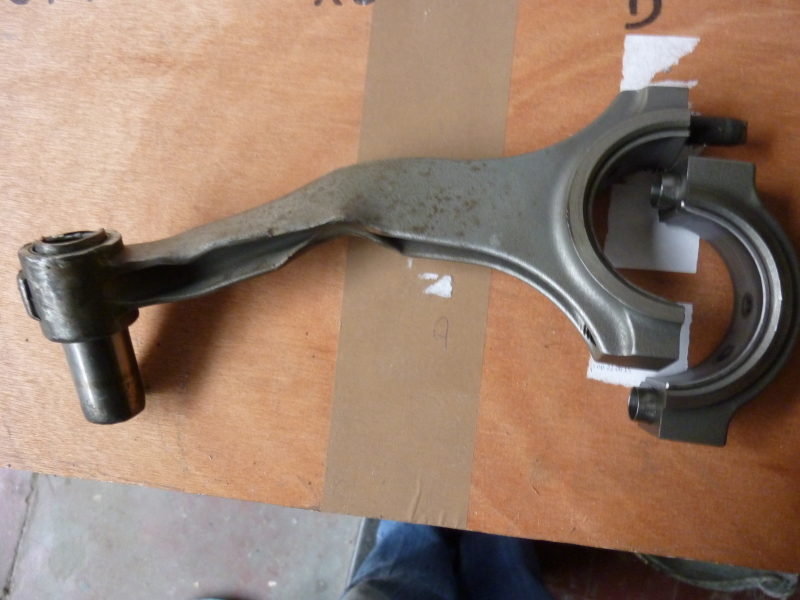I reconditioned a friend's engine which broke later on during running in.The piston broke just on the pin line,conrod bolts snapped clean off, smashed the whole block.
My question is: is this always due to overreving or is there another possibility?
Dirk/Antwerp
My question is: is this always due to overreving or is there another possibility?
Dirk/Antwerp

![[ponder] [ponder] [ponder]](/data/assets/smilies/ponder.gif)
